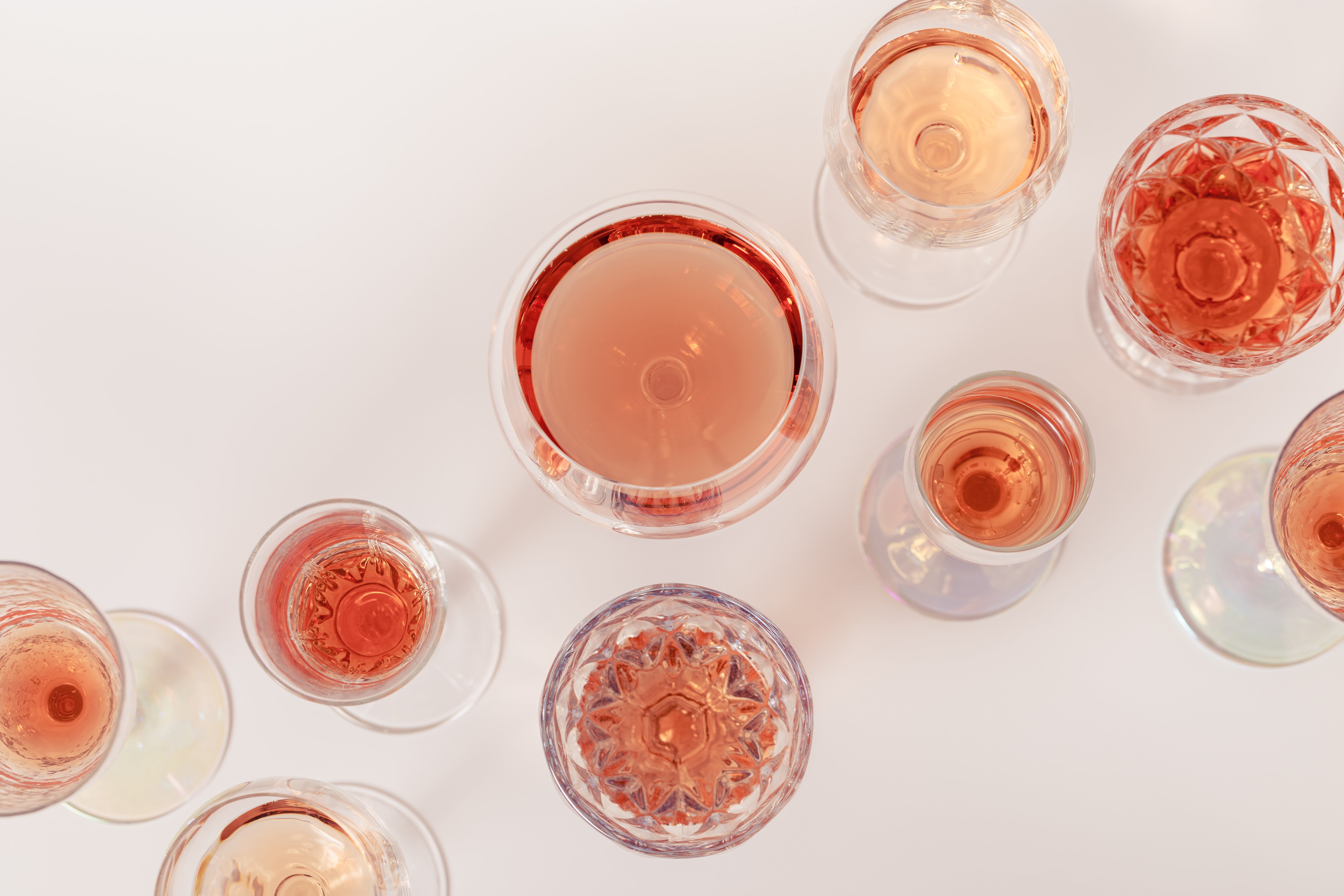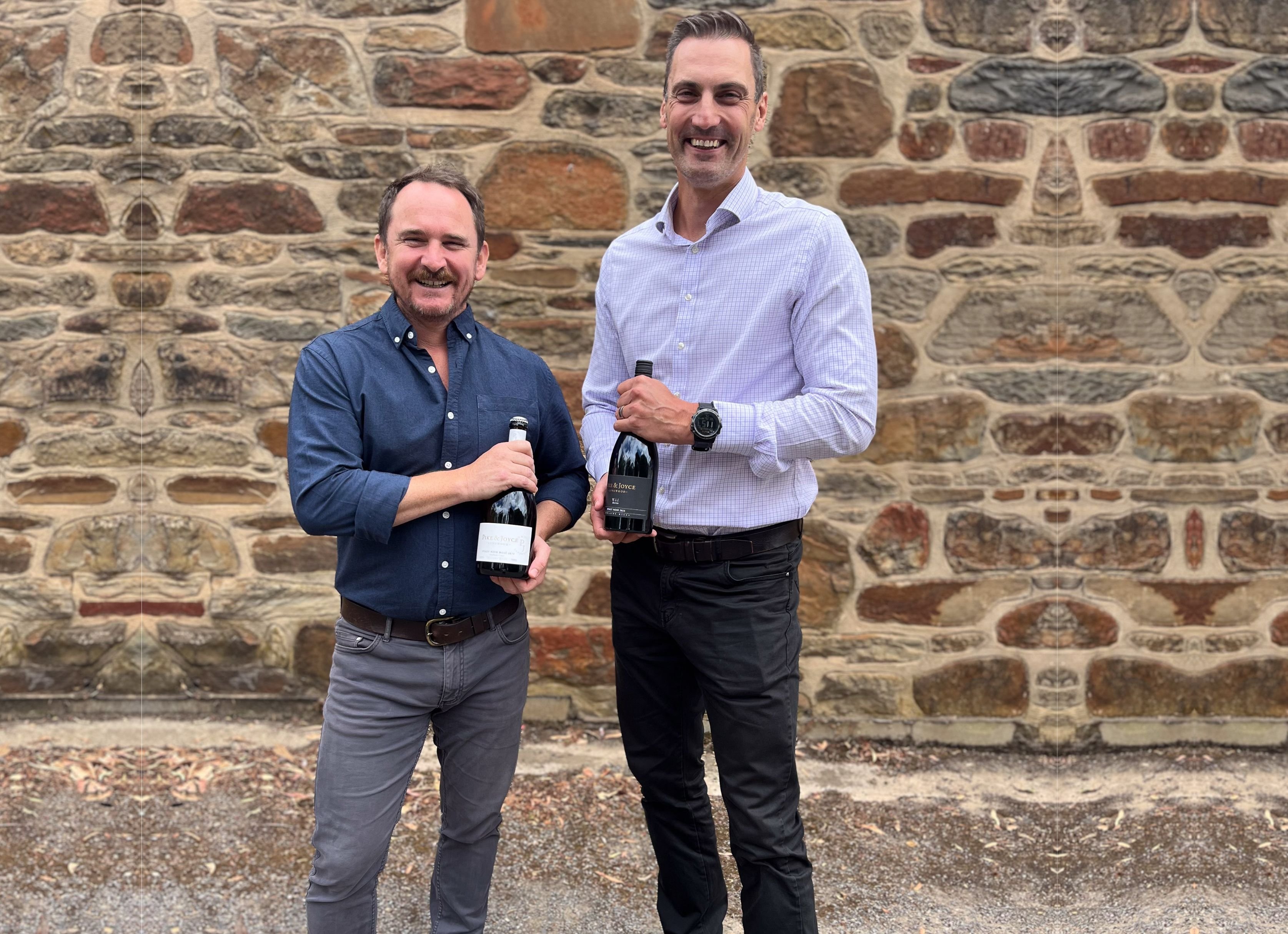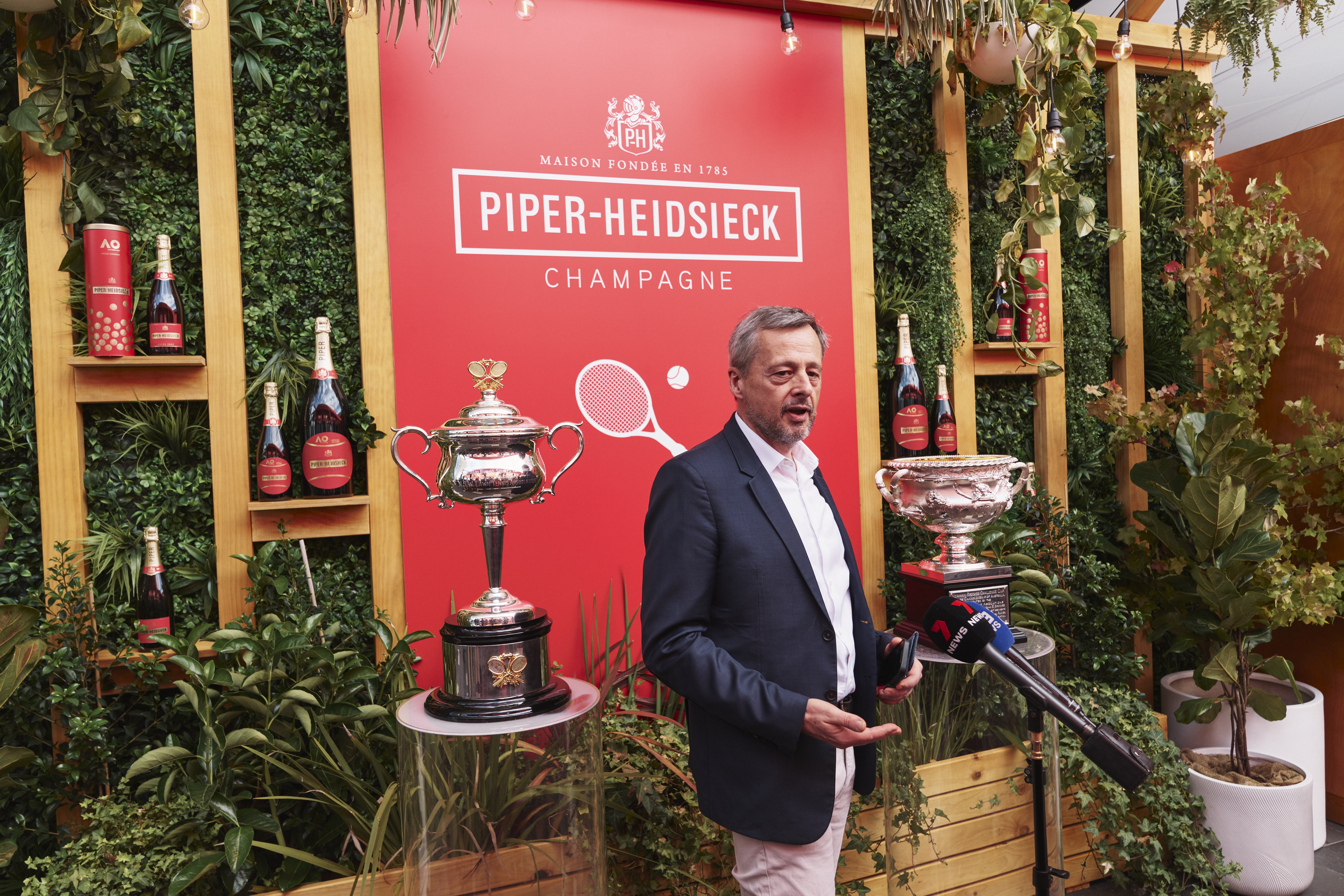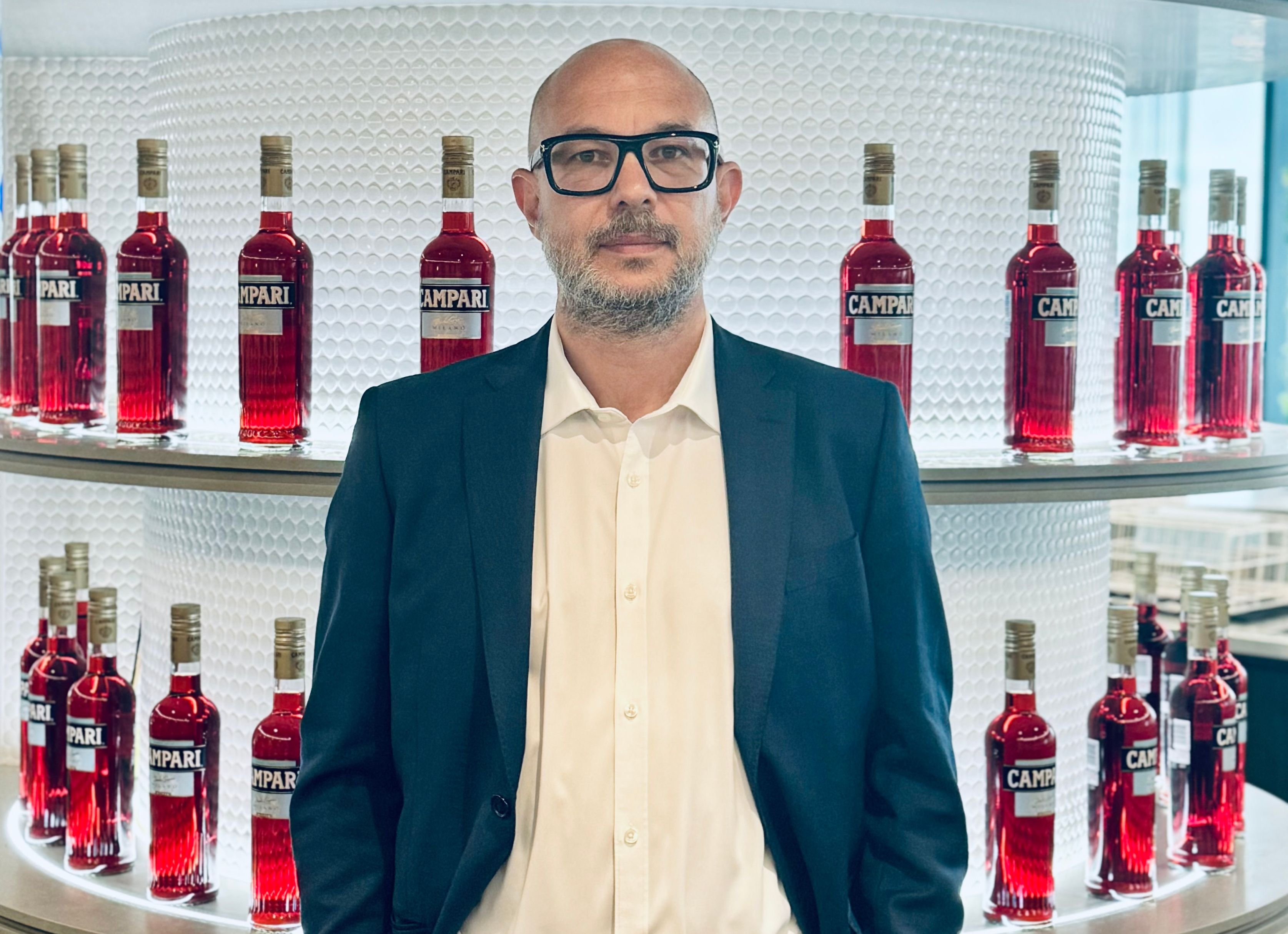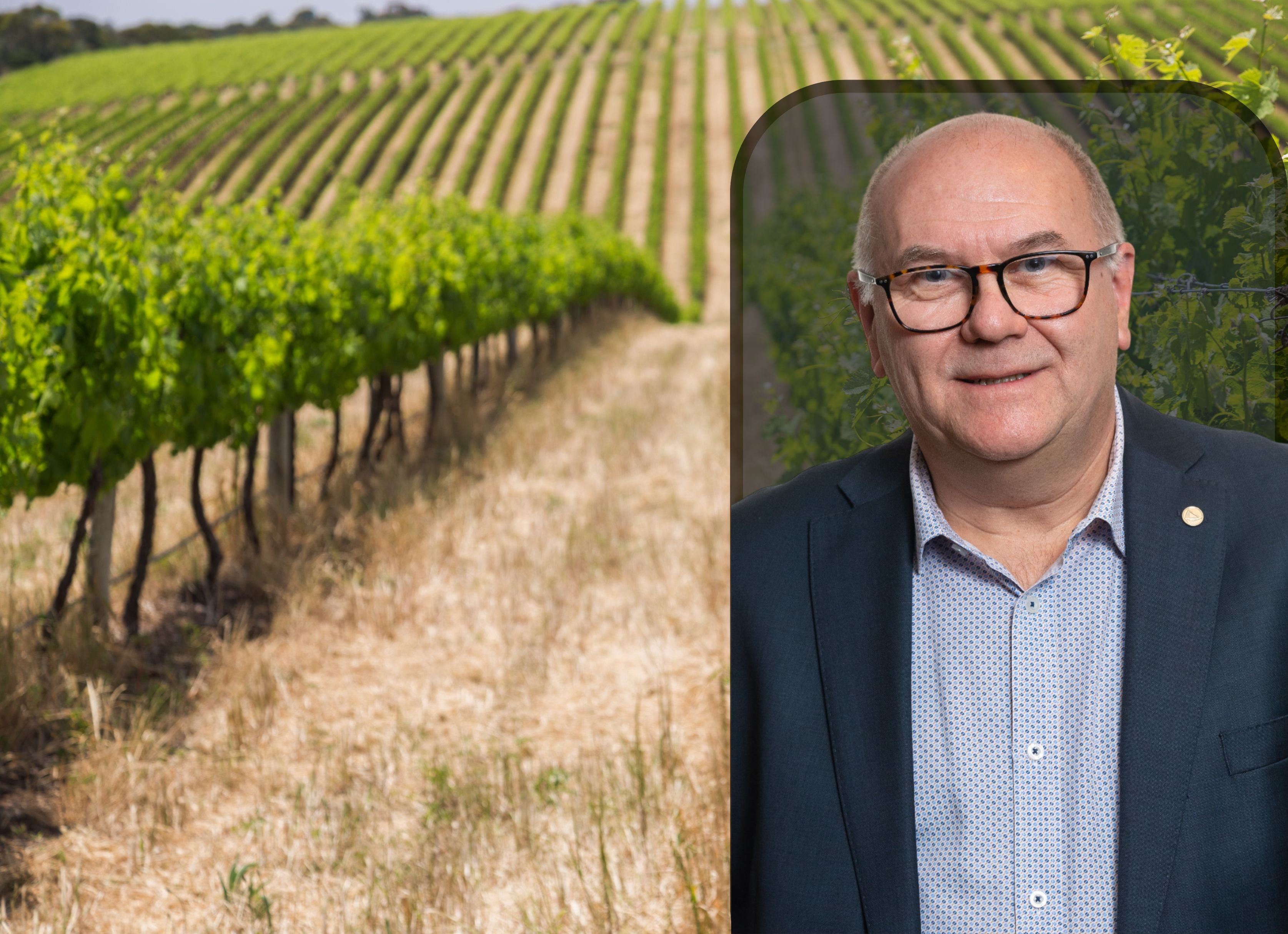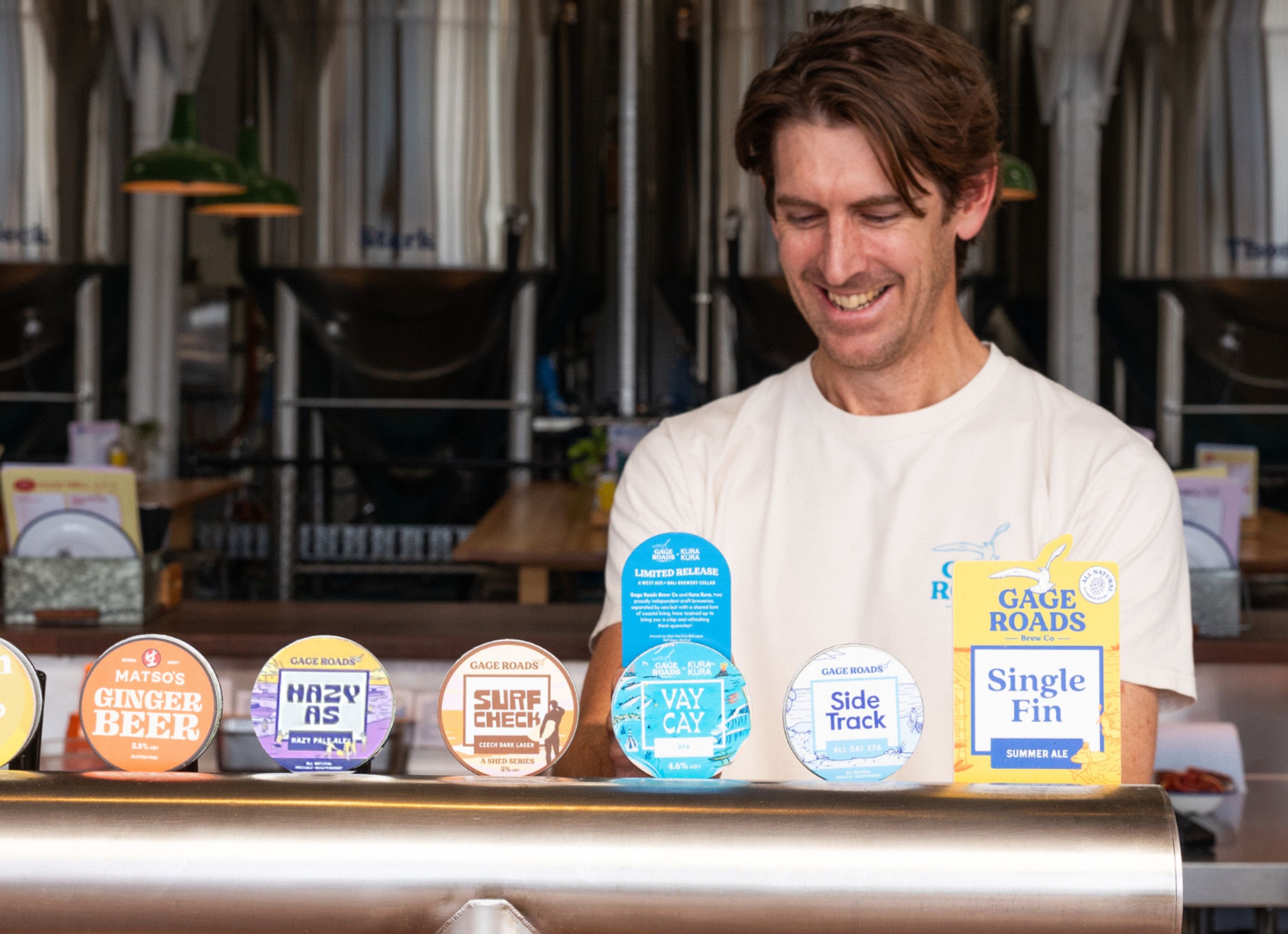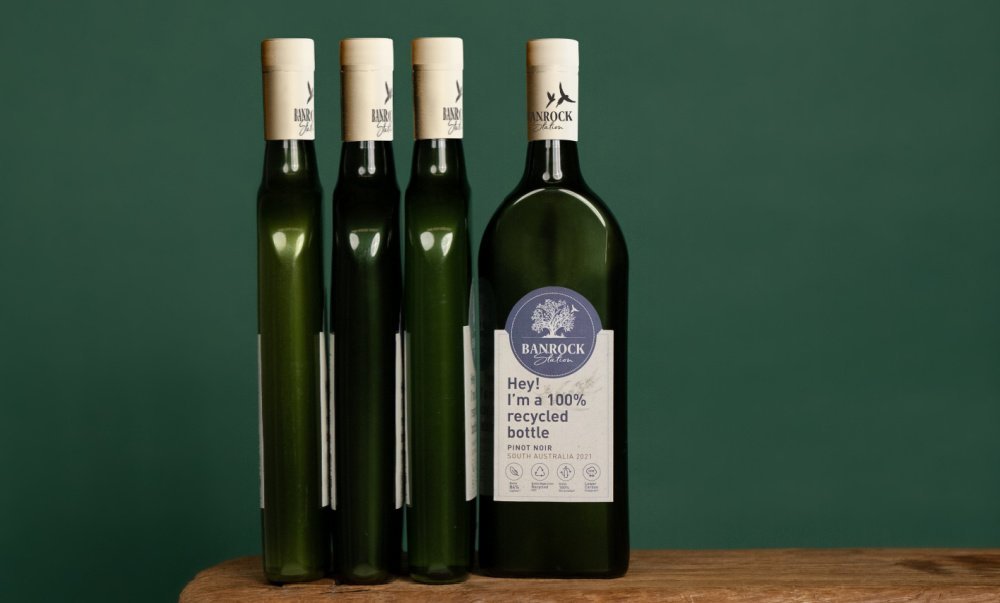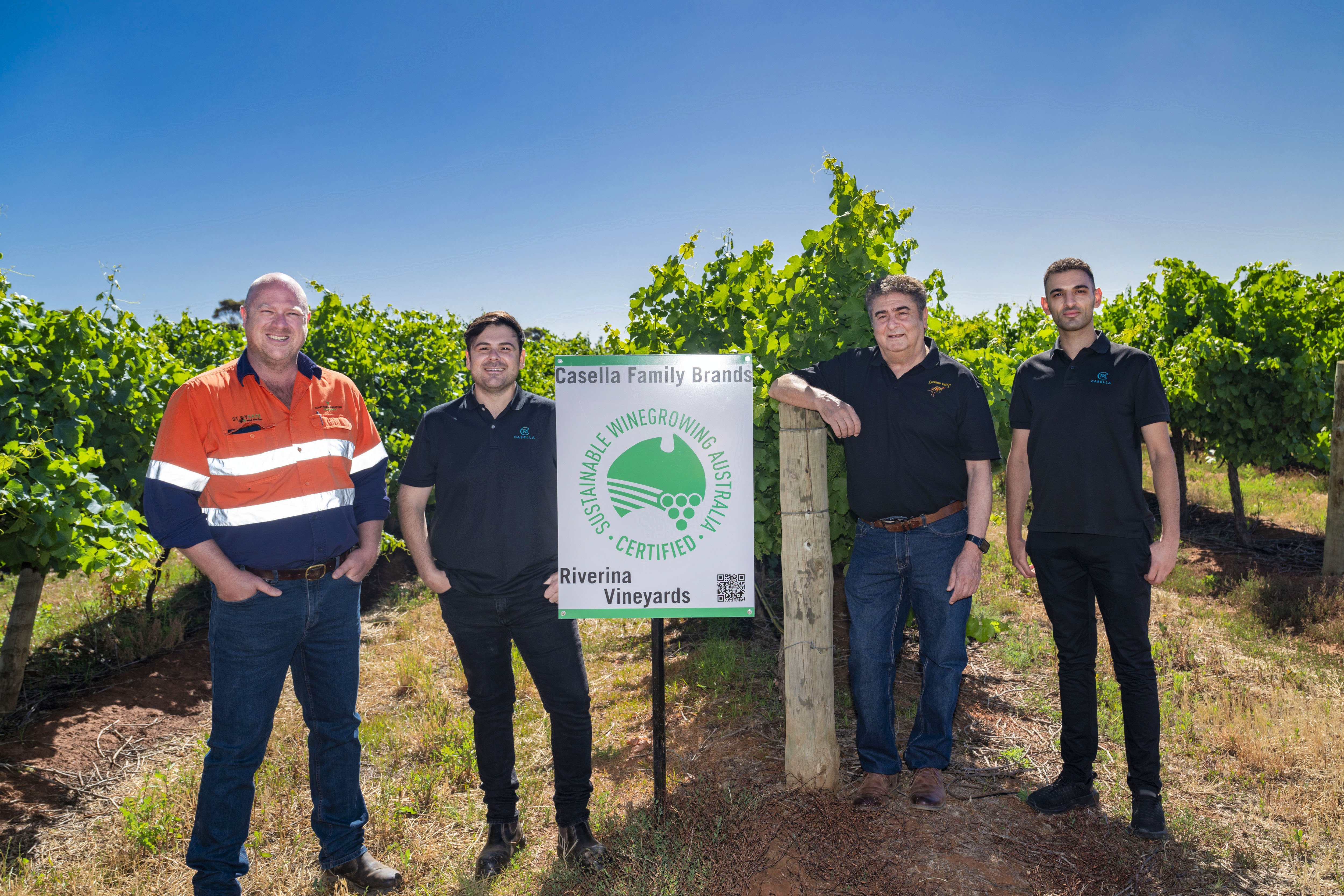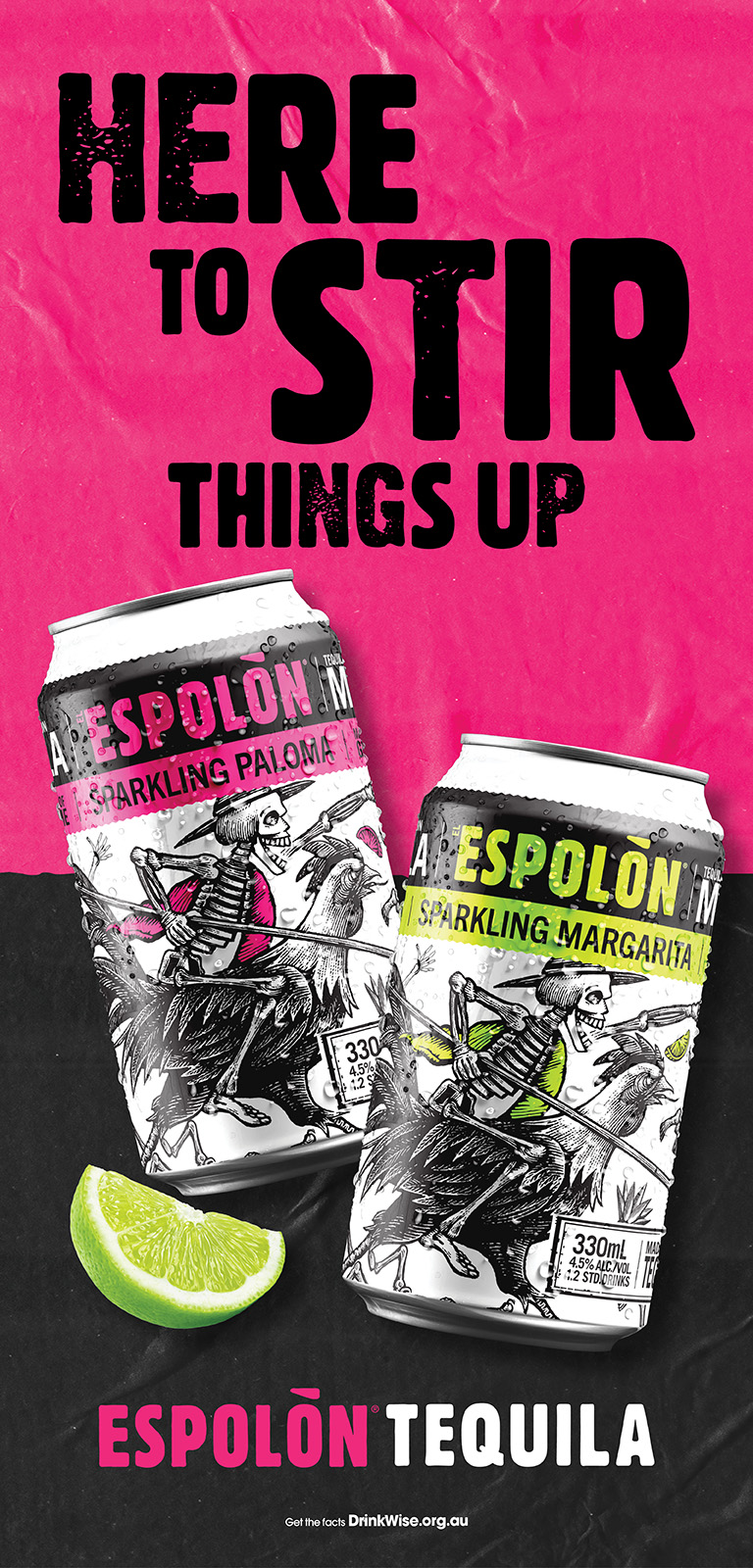Over recent decades, Australian rosé has perhaps undergone a greater shift in identity than any other wine category domestically. This change has seen rosés morph from being sweet, rich and confected to extremely dry and linear. Now, it appears as though the pendulum might be slowly settling somewhere in between the two extremes.
Drinks Trade recently attended an industry tasting and panel discussion that asked four leading Australian rosé winemakers where they think the category might be heading towards next.
“I think in the future you're going to see a little bit more of an array of colour," said Mike de Iuliis, Winemaker and Owner of Iuliis Wines, Hunter Valley.
"I think we're all kind of sick of seeing those sort of anaemic, simple rosé and [wanting] to see something with a bit of colour and flavour.
“[We’ll probably] see a little bit more flavour as winemakers [stop being] scared of a little bit more colour in rosé, is probably what I know personally is I've got to stop worrying about [colour] too much and start just embracing wines with a bit more flavour and a bit more texture and weight.”
Nic Bowen, Chief Winemaker at Western Australia’s Marchand & Burch, agrees that achieving the right colour is decreasing in importance.
“I think it's going to be flavour flavour flavour complexity!" said Bowen.
"The colour will become a mechanism of delivering great flavour.
“I think we’re seeing that moving away in the show sense that yeah we're not so particular about ‘oh that's too deep:’ if it doesn't have flavour, it doesn't matter,” he said.
"For me, probably I'm less worried about colour than I am flavour, but having said that I can't see myself having a dry red lookalike... there's always going to be a level of vintage variation," added Corrina Wright, Oliver’s Taranga Winemaker and Director.
The four rosés presented during the virtual tasting highlighted the diversity of the category in Australia, with each championing different varietals and profiles. This diversity provides Australian rosé with a panorama of styles that is far more extensive than the crisp and lean style made popular by Provence.
“The rosé class at the alternative varieties wine show is full... it goes across two or three panels, it's exciting,” said Wright.
The Chica rosé by Oliver's Taranga is a blend of Shiraz (55%) and Mencia (45%) and the Handpicked Regional Selection rosé is 100% Sangiovese.
“I think even if you look at what's available in nursery sense there's still a lot of opportunity [for growth] there,” said Peter Dillon, Head Winemaker at Handpicked.
“Speaking from our perspective, we’ve gone down that pathway [of] really liking that alternative varietal base - in the nurseries you can actually buy Nebbiolo material that's clonally selected specifically for rosé… it's not just one clone there's multiple.
“I guess as we continue to sort of evolve that understanding and that knowledge I think it's got the potential to do things to the wines just as the introduction of some of those Dijon clones of Chardonnay changed Chardonnay in the Australian market.”
The panel acknowledged that the shift away from Provence-influenced rosés towards more flavour-focused and regionally-influenced expressions will require a certain level of re-education within the Australian wine trade.
“As an industry, I think we need to talk a little bit more to the restaurants and pubs and groups and try and steer them away from the Provence style and show them what we can do here in Australia,” said Mike de Iuliis.
“I think there is still like a ‘we’ve got to have have two rosés from Provence and we'll throw in an Aussie one’ [attitude] and then they go… the Aussie ones they only sell one bottle for every three or four of the Provence one.”
Share the content
